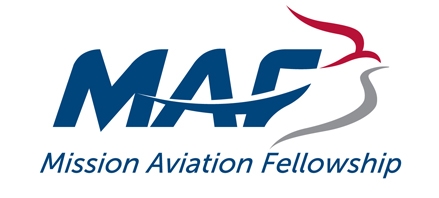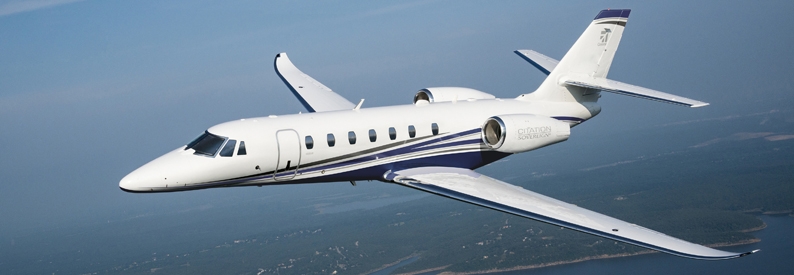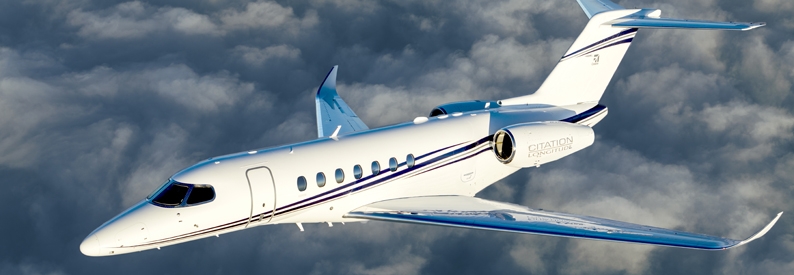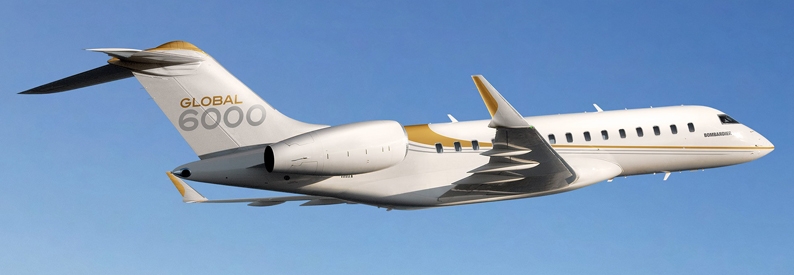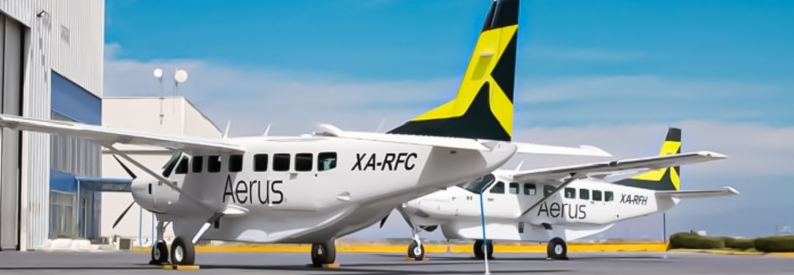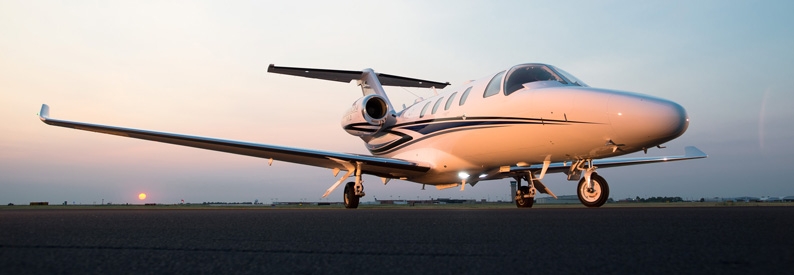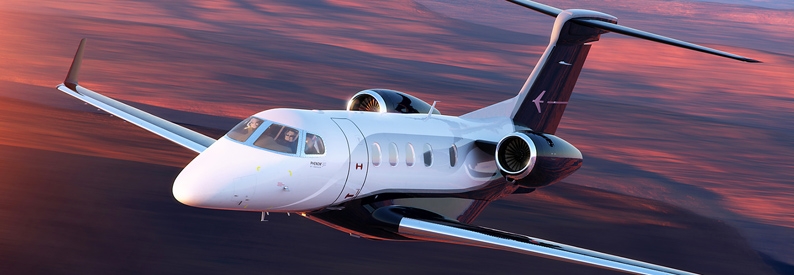Mission Aviation Fellowship International (MAF) is starting a fleet renewal program that will run for the remainder of the decade wherein it will sell older aircraft in its fleet while acquiring replacements. However, the nature of MAF’s work means it has some particular requirements when searching for additional aircraft.
In an exclusive interview with ch-aviation, Phil Sproul, MAF International’s Director of Technical Operations, said the planned fleet replacement program between now and 2030 will see it replace its fleet of Cessna (single piston) 182 Skylanes and Cessna 206s, replace 14 aircraft across the Cessna (single turboprop) 208 Caravan fleet, and ultimately, dispose of all aircraft over 30 years of age. “We’re now actively looking at what we can replace the Cessna 182s and 206s with. The 206s are around 40 years old now,” he said.
Established after World War II to send aerial support into some of the world’s more disadvantaged regions, MAF now deploys over 120 single-engine aircraft into dozens of countries from its three operations centres. One of those operations centres is in Cairns, Australia, where Sproul and MAF International is based. MAF International operates 57 aircraft in 13 countries, including Liberia, South Sudan, Papua New Guinea, and Australia. Its US operations centre looks after other parts of the world.
While the organisation's ethos centres around Christian outreach, this translates into practical logistical aid, ferrying passengers, patients, cargo, and equipment in and out of remote and often challenging environments. Sproul's remit includes the management of MAF's worldwide fleet, looking after thirty-one Cessna 208 Caravans, twelve GippsAero GA8 Airvans, five Cessna diesel-engine 182s, one Cessna 182 trainer, six Cessna 172, and now parked two floatplanes, managed out of Cairns.
MAF International deploys 57 aircraft into 13 counties
The 13 countries MAF’s Australian operations centre manages takes in two parts of the world – an area comprising Northern Australia, Papua New Guinea, and Timor-Leste, as well as Africa. Two floatplanes were based in Bangladesh for approximately 20 years, but MAF exited that country last year. “The need for our services there really has diminished,” said Sproul. “In some ways, that’s a celebration because if places develop and they no longer need us, that’s a good thing.”
In the zone comprising Northern Australia, Papua New Guinea, and Timor-Leste, MAF International has deployed two Cessna 208 Caravans and six GA8 Airvans (soon to be reduced to five) to Arnhem Land in the Northern Territory, three Cessna 172s plus a single Cessna 182 and a turbocharged GA8 Airvan to MAF’s flight training facility in Mareeba west of Cairns, a fleet of ten standard C208 Caravans in Papau New Guinea, and two GA8 Airvans into Timor-Leste.
Sproul says the extreme isolation is one reason why MAF International operates in Arnhem Land, a remote corner of what is otherwise a first-world country. He says the work MAF International has done there and the relationships they have built with the indigenous people there have proved especially rewarding. “I know several airline initiatives have failed there, and people would find it challenging to operate a commercially viable service there.”
In Timor-Leste, the two Airvans do a lot of medevac work and humanitarian support and recently started the first commuter shuttle service in that country (between Dili and six regional communities). Sproul says the shuttle provides “a reasonable service for people to move around the country and allows NGOs who don’t have the funds to charter a plane to use us as well.”
A focus on community development
Sproul says MAF is often used as a de facto air ambulance service, but they seek to focus on community development, which he says is one of MAF's key goals. "There's a lot of coffee grown in Papua New Guinea, but getting coffee and cocoa to market is incredibly difficult and can take days to get there via road. So we provide a user-pays air service to get the coffee beans out to the markets, to be able to sell the coffee and then take things back to the village. We enable communities to sustain themselves by providing a transportation means for them. We also spend a lot of time putting VHF radios and solar panels into communities and health centres. Another big thing we do in Papua New Guinea, alongside an NGO, is run health patrols. We are flying in doctors and nurses to run clinics in remote areas and also provide support to hospitals."
MAF International's arm also looks after operations in Chad, Liberia, Guinea, Madagascar, Tanzania, Kenya, and South Sudan. Sproul says that there is one Cessna 208Bs and two Cessna 182s in Madagascar; one Cessna 182 and one Cessna 208B in Chad; two Cessna 208Bs in Liberia, and one C208B recently placed in Guinea. Sproul adds that Guinea has a massive need, and moving around the country via road is challenging. There are also two aircraft in Tanzania.
"We've downsized the program in Tanzania considerably from what it was. We've just got two Cessna 206s operating there, mostly on medical-type work in the country's northwest. We are not doing much in Kenya now because that country has developed amazingly well. We do a little bit of relief and humanitarian type flying in the northeast of Kenya. We've also got a permit to operate in South Sudan, and all the aircraft we operate there are Kenyan-registered. South Sudan is a reasonably active operation (with seven aircraft) for us, and we are watching that area with interest."
Factors behind aircraft purchase decisions
Sproul’s aircraft acquisition plans remain contingent on funding. Two-thirds of MAF’s budget comes from charitable donations, and one-third from commercial operations and some government grants. “We’re doing work in Papua New Guinea that is sponsored by New Zealand aid money, and there are some US aid funds that sponsor specific programs,” he said. When assessing the future fleet requirements and acquisition plans, Sproul says aside from funding, many factors influence decisions. Among them is knowing where the aircraft will be placed, what is the need there, and what is the best way to meet that.
“MAF has traditionally had a massive fleet of varied aircraft that have now been standardized towards the Cessna 208 Caravans to get some efficiencies. Right now, we are looking at the situation in South Sudan and looking for the right aircraft to get us from Juba to the border. We look at the situation and the aircraft in there now and ask ourselves what the longer-term need will be, and determine if we will need to go and get a new aircraft, and if so, what sort of aircraft?”
Sproul also uses the example of Chad, where the Cessna 182s “chug along at next to no speed” over long distances. He says MAF is realising they want something there that goes faster and can fly greater payloads. “Sometimes the Caravan is not the economical thing to fly because you only have a load of 300 kilograms and two people,” Sproul says. He adds that in places like Chad, MAF is thinking long term, trying to predict the situation in five years and what sort of aircraft will most efficiently operate there.
"I'm aiming to keep the average age of the Cessna Caravan fleet to under 25 years, and at the moment, I am trying to sell some aircraft that are 31 and 32 years old. Between now and 2030, I expect to renew at least 14 aircraft in the Caravan fleet. That's pretty challenging to raise those kinds of funds, but we just ordered four Caravans last month."
Sproul says funding aside, securing Cessna 208s is a difficult task. “They are like hen’s teeth to get on the second-hand market, and there’s very few that are new. However, we got one last year out of the UAE. Out of the four that we’ve ordered, we’ve ordered three standards, and we got the last two production slots [at Textron Aviation] for 2024.”
What MAF International looks for in aircraft
Sproul wants aircraft with the versatility to do cargo and passenger operations, plus feature doors big enough to get stretchers in and out. Fuel consumption is always a factor, including the availability of certain types in remoter locations. “It’s one of the issues for us,” he says. He adds that the prospect of electric aircraft is an interesting one, but that sector of the industry has a lot more work to do before its aircraft become viable options for MAF. In the meantime, Sproul says purely from a cost perspective, he leans towards single-engine aircraft but says there may be a need for twin-engine aircraft in the future. Away from the Caravans, Sproul says the Cessna 408 Sky Couriers and Dorniers may be good fits in the future for MAF's bigger routes.
“We’ll look at the market to see what’s available. If a good second-hand aircraft is available and we have the people and facilities to service that type, we’ll look at that. Second-hand is usually the most economical way to go, but it depends on the country where you plan to take it. Some countries you take a second-hand aircraft into require you to pay a 40% duty, but if you take a new aircraft, you pay nil. It’s their way of keeping junk out of their country, which is a smart move.”
Ultimately, Sproul says future aircraft purchase decisions will come down to what’s available and what market they intend to operate the aircraft in. “If the funding is there, new is always good because there tend to be fewer issues, but it depends on the available funds. The way we source funds, we rely on some pretty big donors, and it can be a big ask.”
